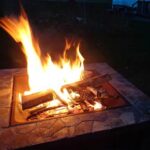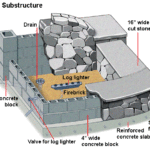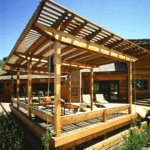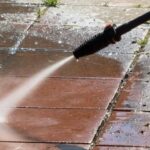Expert advice on how to plan and use a fire pit so you avoid common fire pit mistakes and get the most from it.
A backyard fire pit can create a warm and inviting atmosphere that’s perfect for outdoor gatherings and relaxation. But fire pits can be dangerous if you don’t pay attention to the potential pitfalls when installing and using them. In this article, we look at the most common fire pit mistakes and provide expert tips for avoiding them so you can safely and responsibly enjoy the beauty and warmth of an outdoor fire pit.
Mistake #1: Improper Placement
Placing a fire pit in an unsuitable location is one of the most common mistakes homeowners make. It’s important to consider clearances and ventilation:
- Maintain a safe distance. Make sure your fire pit is placed a safe distance away from any flammable objects, such as structures like patio roofs, and low-hanging branches. Follow the manufacturer’s guidelines (when available) and local regulations regarding safe clearance distances. (For information about local regulations, contact your City Hall or local fire department. If you hire a contractor to install a gas fire pit, be sure they take care of any permits required.
Wide hearth around fire pit maintains a safe distance between the fire and people. This wood-burning fire pit is set well away from trees. Dreamstime - Adequate ventilation. Don’t set up a fire pit in an enclosed or confined space that can trap smoke, pose a fire hazard, or—worse—cause carbon monoxide poisoning. Make sure the fire pit is in an open area that has good ventilation and airflow.
Mistake #2: Lack of Fire Safety Precautions
To avoid potential fire hazards, observe all fire safety measures. Key precautions:
- Clear the surroundings. Keep the area around the fire pit free from any combustible materials, such as dry leaves, paper, or flammable liquids. Regularly clean the area to keep this type of debris to a minimum.
- Keep a hose and fire extinguisher handy. Have a garden hose and fire extinguisher nearby in case of emergencies. Familiarize yourself with the fire extinguisher’s operation so you can use it quickly in an emergency.
ABC Fire Extinguisher Ikampos | Morguefile - Monitor the fire. Never leave the fire pit unattended. Assign a responsible adult to supervise the fire at all times.
Mistake #3: Inappropriate Fuel Usage
Using the wrong type of fuel or adding fuel incorrectly can lead to very dangerous situations. Be sure to:
- Use appropriate fuel. Some fire pits burn wood and manufactured logs, some burn natural gas, and some burn propane. Don’t use any fuel that isn’t meant for your fire pit. For a wood-burning fire pit, you can burn hardwood or faster-burning softwoods like pine or spruce. Choose seasoned wood that has been properly dried for optimal burning and to minimize smoke. Avoid burning treated or painted wood— it can release harmful chemicals when burned.
Always burn the proper fuel in a fire pit which, in the case of this simple fire pit is wood. Dreamstime - Avoid flammable liquids. Never use flammable liquids, such as gasoline or barbecue lighter fluid, to start or accelerate a fire. These can cause uncontrollable flare-ups, posing serious fire risks.
- Follow the manufacturer’s instructions. If you have a gas fire pit, carefully follow the manufacturer’s guidelines for fuel usage, propane tanks, and gas connections. Improper hookups or usage can result in leaks or dangerous gas buildup. If your fire pit uses a gas tank, always turn off the tank’s valve when you’re done using it.
Mistake #4: Overloading the Fire Pit
Loading the fire pit with too much fuel can cause uncontrollable flames, which pose an obvious hazard to your family and guests. The same is true for flames of a gas barbecue—keep the flames at a manageable height.
Mistake #5: Neglecting Fire Pit Maintenance
Regular maintenance will help keep your fire pit working safely for a long time. Follow these maintenance tips:
- Clean out ashes. Remove ashes from the fire pit after each use to prevent buildup. Excessive ash can block the fire’s airflow, affecting the fire’s performance.
- Check for damage. Regularly inspect the fire pit for any signs of damage, such as cracks or corrosion. Take care of any problems quickly to prevent further deterioration.
- Protect from the elements. If your fire pit includes a metal cover, use the cover when your fire pit isn’t in use to protect it from rain and snow.
In Summary
By avoiding these common fire pit mistakes, you can enjoy the warmth and ambiance of your fire pit safely and responsibly. Remember to follow fire safety precautions, choose suitable fuel, and maintain your fire pit regularly. With proper care and attention, your fire pit can be a delightful addition to your outdoor space, providing cozy evenings and cherished memories for years to come. Stay safe, and happy fireside gatherings!



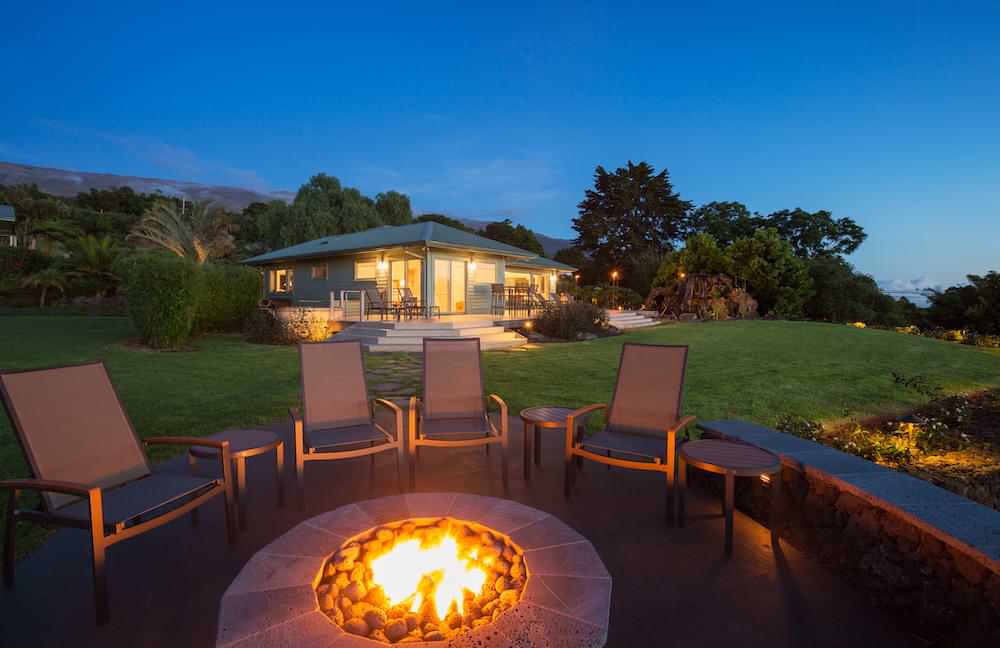
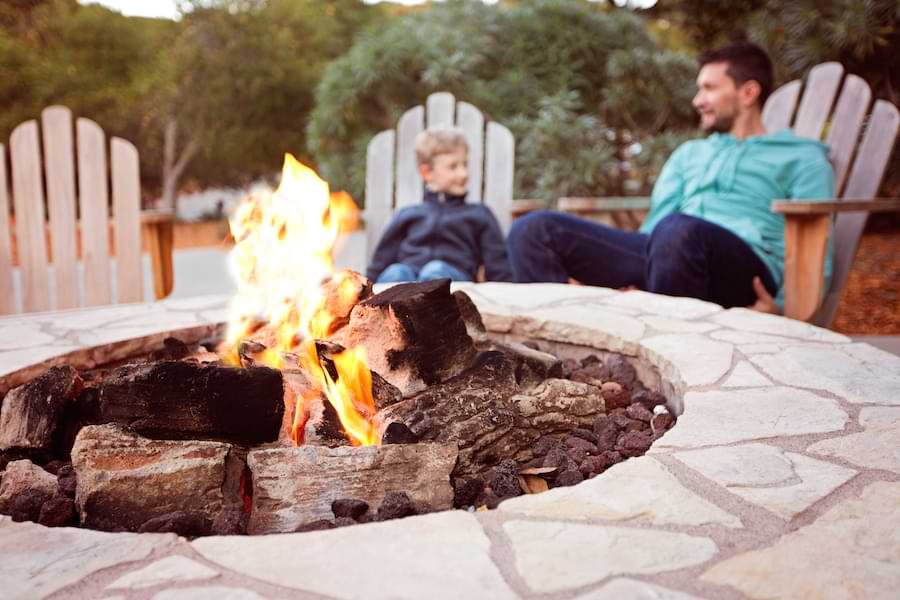
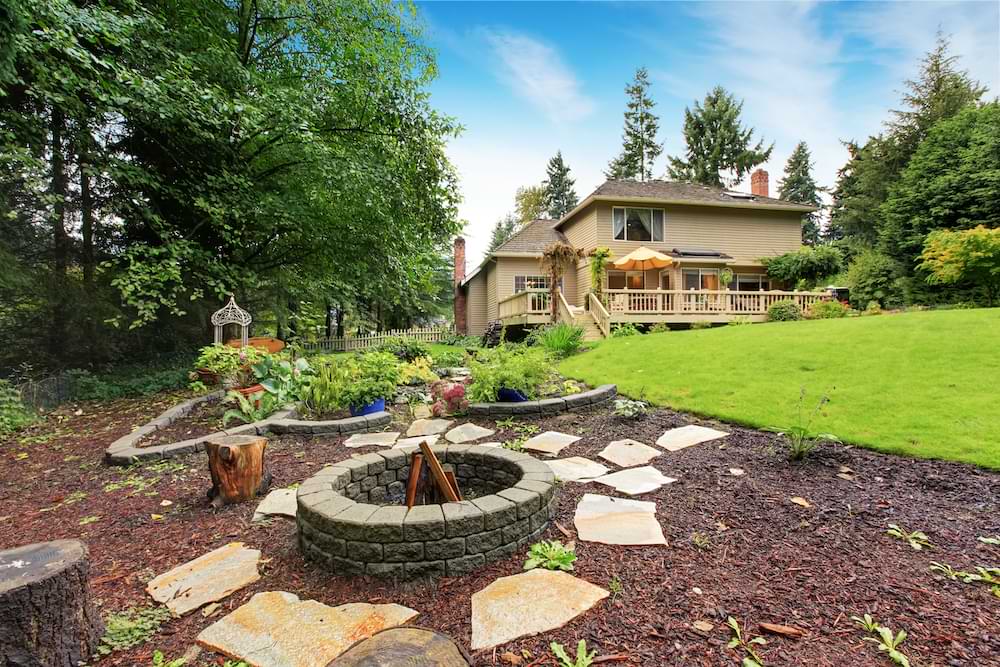
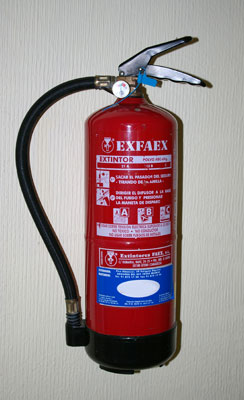
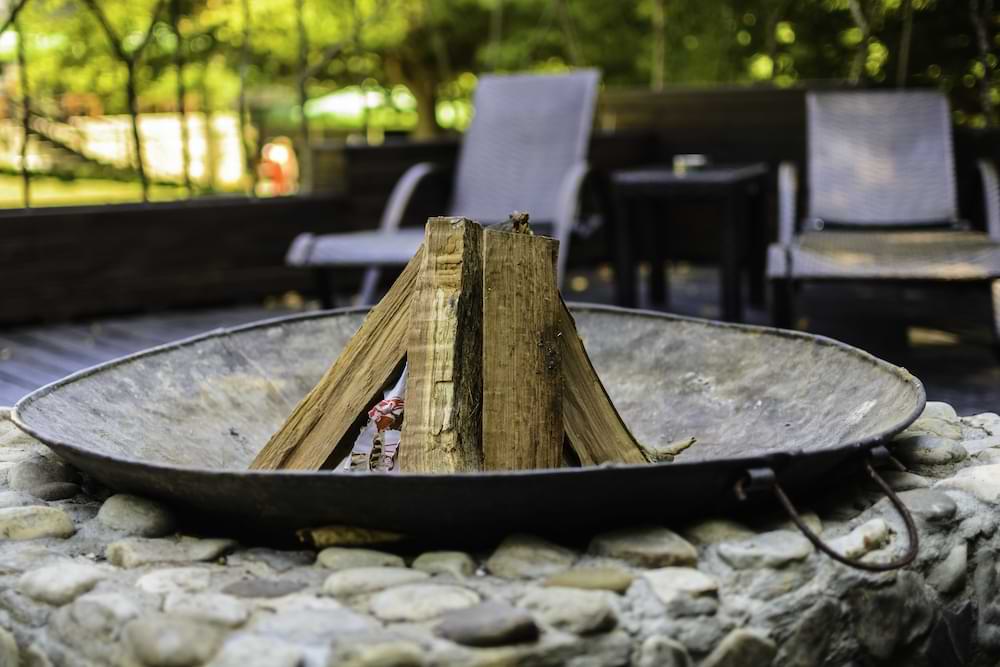
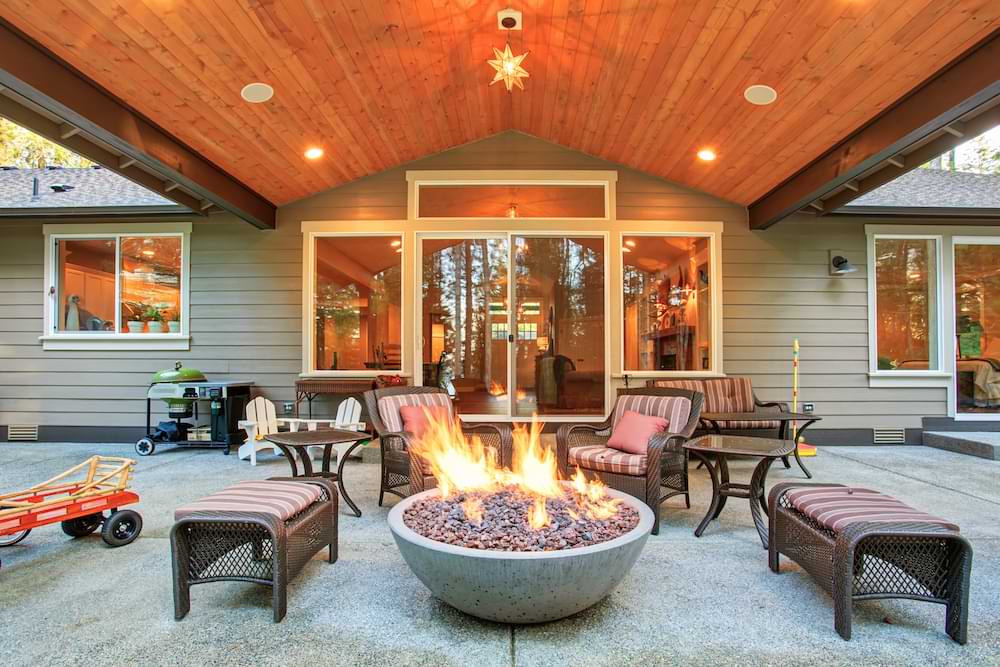


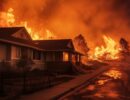

 Don Vandervort writes or edits every article at HomeTips. Don has:
Don Vandervort writes or edits every article at HomeTips. Don has:
